Once you are done with the foundational 5W and 1H questions about UX research, you get at least an idea about what it is all about. The next step is to not wait for the perfect moment and just start conducting UX research ASAP. The only issue is: you don’t know exactly where to start.
Although I briefly covered the topics that you need to get started, sometimes you want to be spoon fed. And also, why not test the waters before committing yourself to the act of UX research, right? So here comes the idea of creating an MVR (Minimum Viable Research) to kick start your UX research journey.
What is Minimum Viable Research (MVR)?
To understand what an MVR is, first you’ll have to understand what an MVP is. A Minimum Viable Product or an MVP is a product that has the smallest number of essential features, serves a specific relevant audience, and can survive in the market on its own, sustain itself, and become successful.
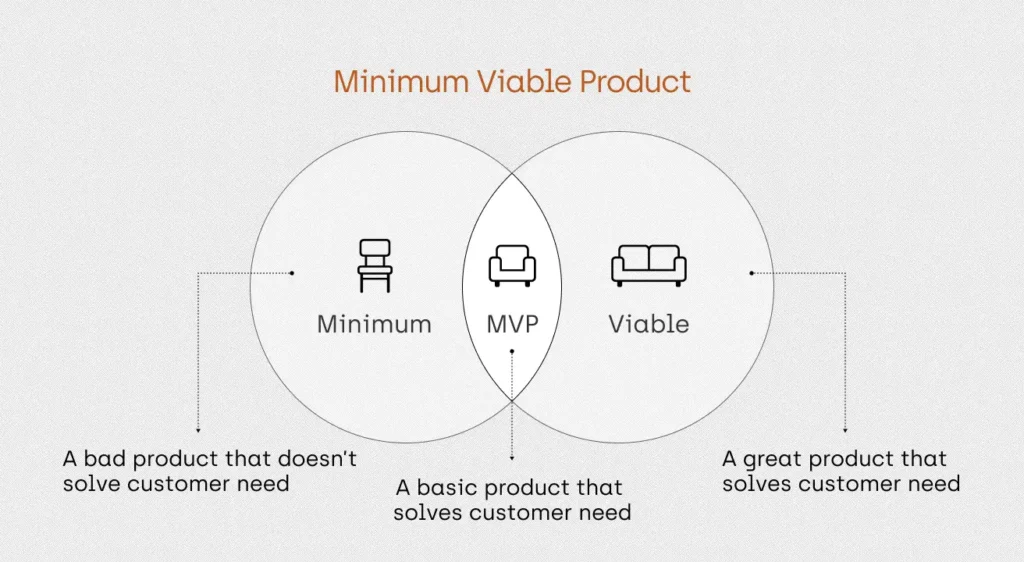
Every great product starts its journey as an MVP. For example:
- Facebook started with Harvard and gradually expanded to the world.
- WhatsApp began its journey as an iOS app with only the chat feature.
- And Amazon ventured as an online bookseller, selling books exclusively.
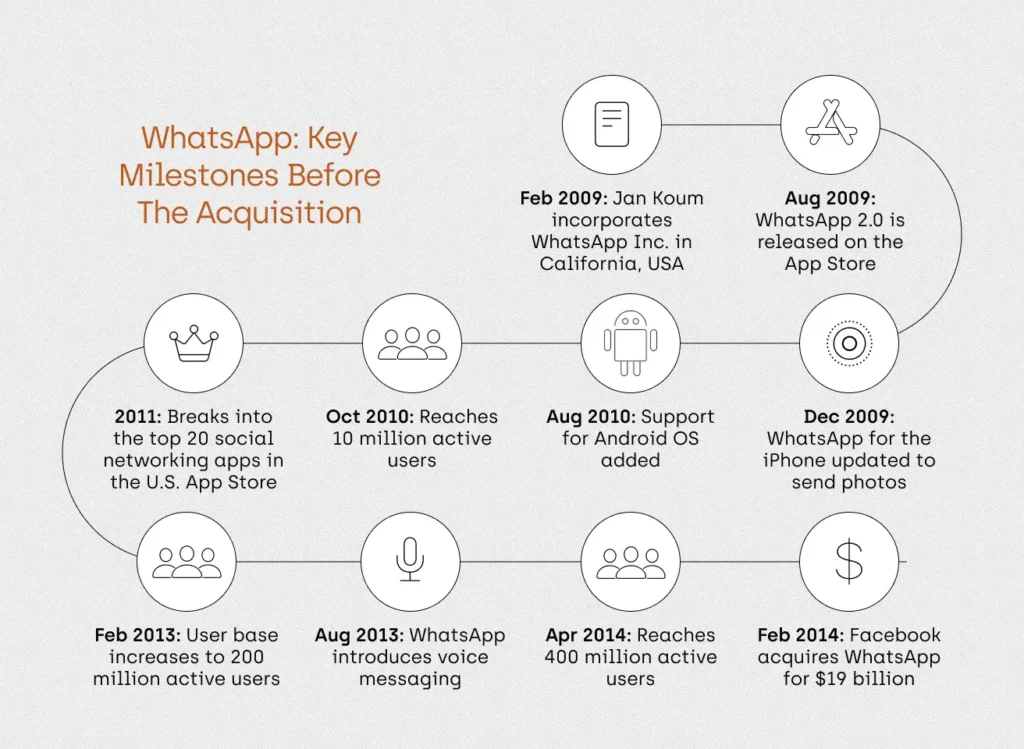
Similarly, an MVR (Minimum Viable Research) is the smallest amount of UX research that you can do to either learn more about your users, or to make your product better, or both, and that ultimately results in generating more money for your business. Capeesh?
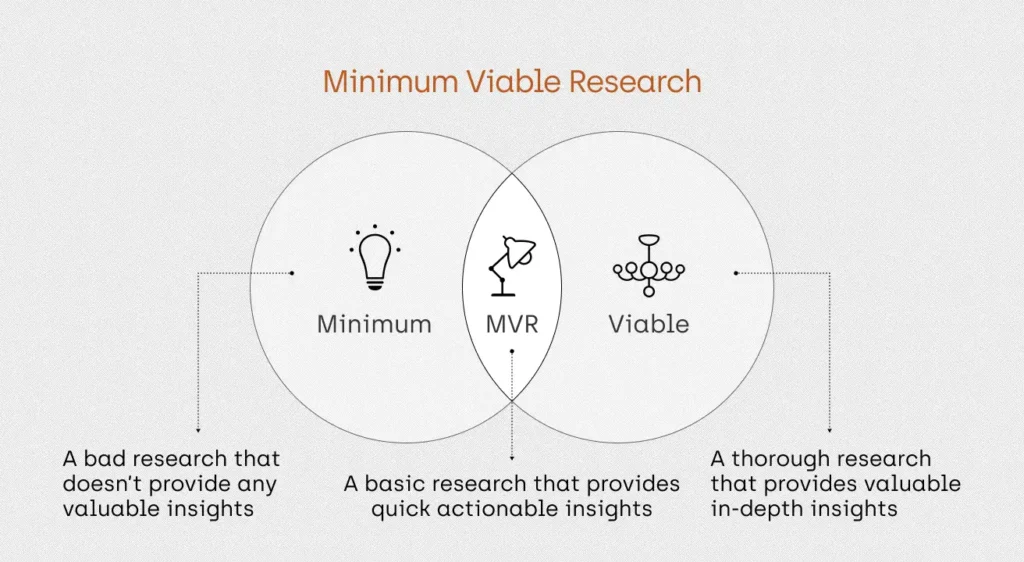
Now when your MVP (Minimum Viable Product) validates itself in the market, you usually put more valuable resources into it, and may
- launch it into other platforms (Android, iOS, web), or
- expand it into other markets (India, China, Middle East), or
- add additional features into it (call, group, payment), or
- supplement it with more categories (FMCG, electronics, apparel).
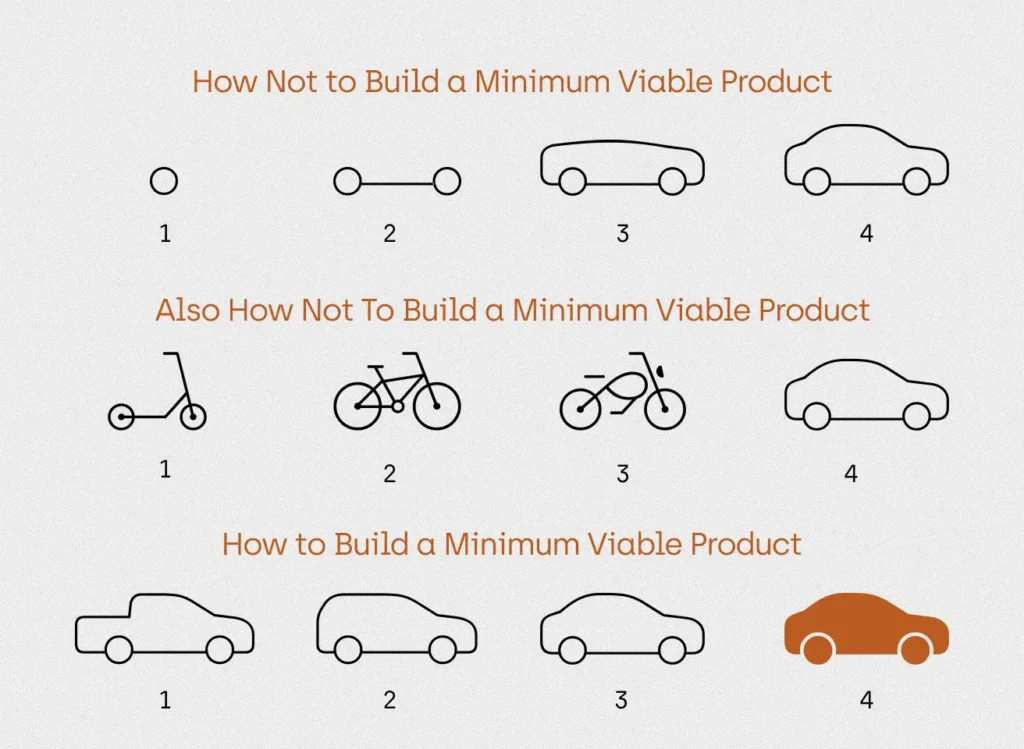
Similarly, once your MVR (Minimum Viable Research) proves its worth, you may increase the scope of it and create an organization-wide UX research culture. A place where:
- UX research is not a one-man show but a shared responsibility.
- UX researchers spend more time with their users rather than meetings.
- UX enthusiasts can meet similar-minded people to exchange ideas.
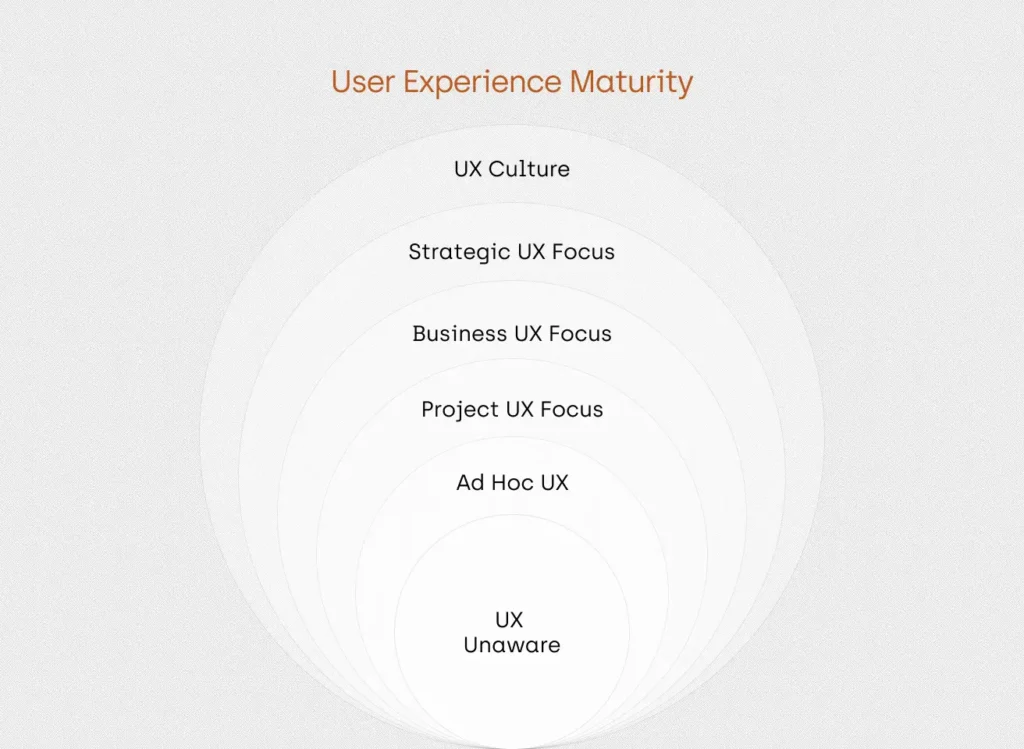
Wouldn’t it be nice? But never mind, until this happens let’s put our focus on MVR and delve deep into it.
Research Learning Spiral
Now to create an MVR, I’m using another typical UX research process known as Research Learning Spiral. It was created by Erin Sanders, a designer and researcher at Frog and has 5 steps.
- Objectives — What do you want to learn?
- Hypotheses — What is your assumption?
- Methods — What are the methods to use?
- Conduct — How do you conduct UX research?
- Synthesis — How do you collate research data?
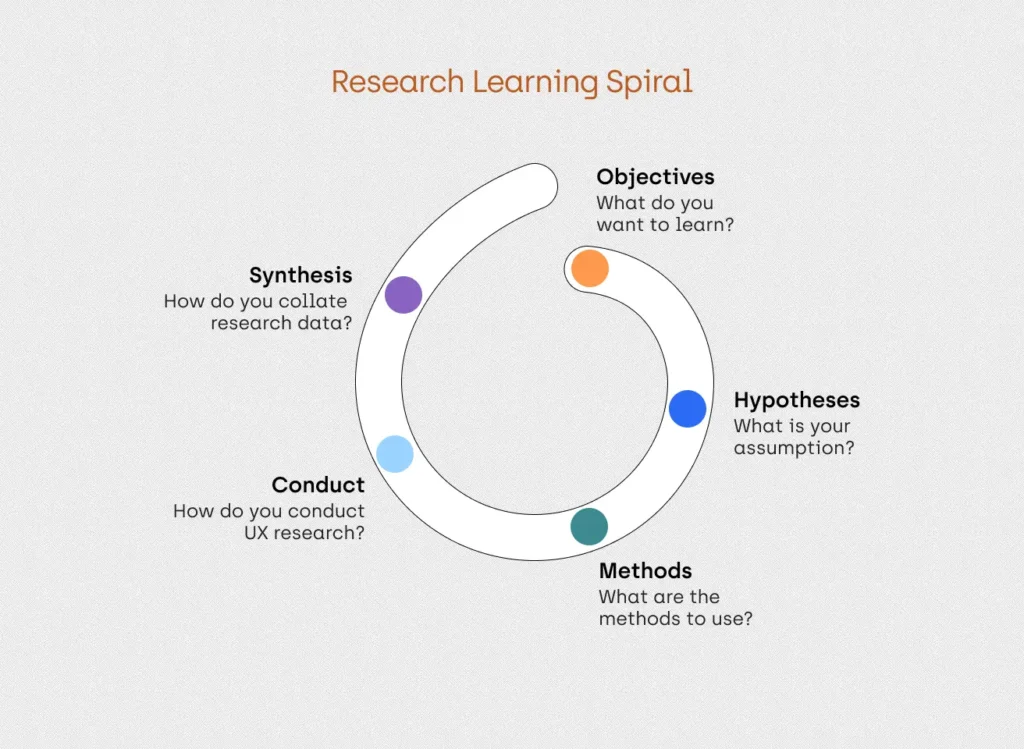
The first 3 steps help you to formulate your questions so that you know what you need to learn during your research. And the last 2 steps help you to find the answers to these questions.
Now there are a lot of other small individual steps inside these big ones that you need to take care of. But don’t worry, research is a life-long learning process. You don’t have to learn everything in one go. Repetition is the key. The important thing is to just get started.
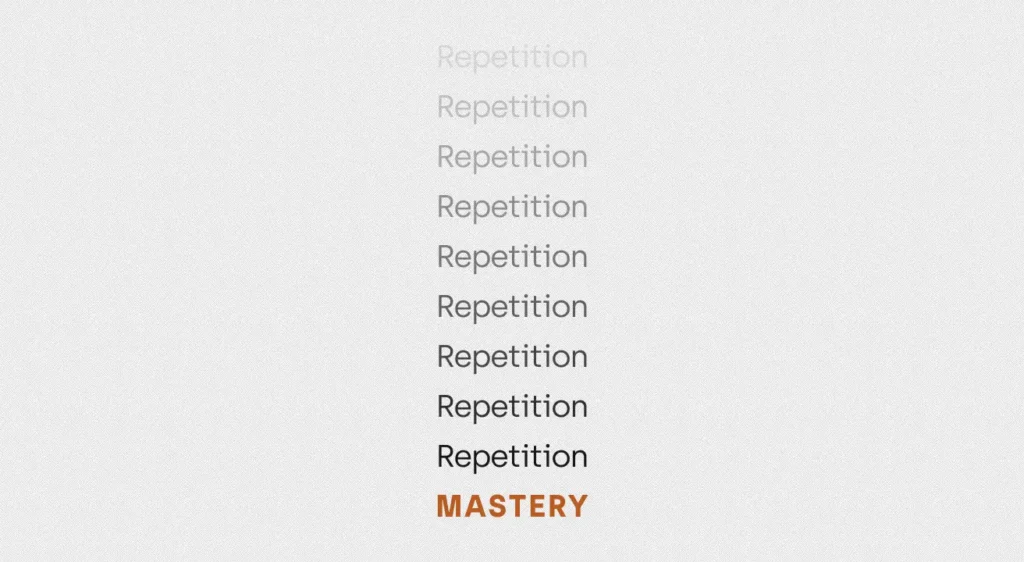
Make sure your MVR should be small enough to encourage people to adopt, use, and share it. So have a look at these minimum viable research tips.
1. Objectives — What do you want to learn?
Everything starts with a goal. Know your learning goals but don’t make too many of them. Ideally stick with only one goal and make it SMART (Specific, Measurable, Achievable, Relevant, and Time-bound).
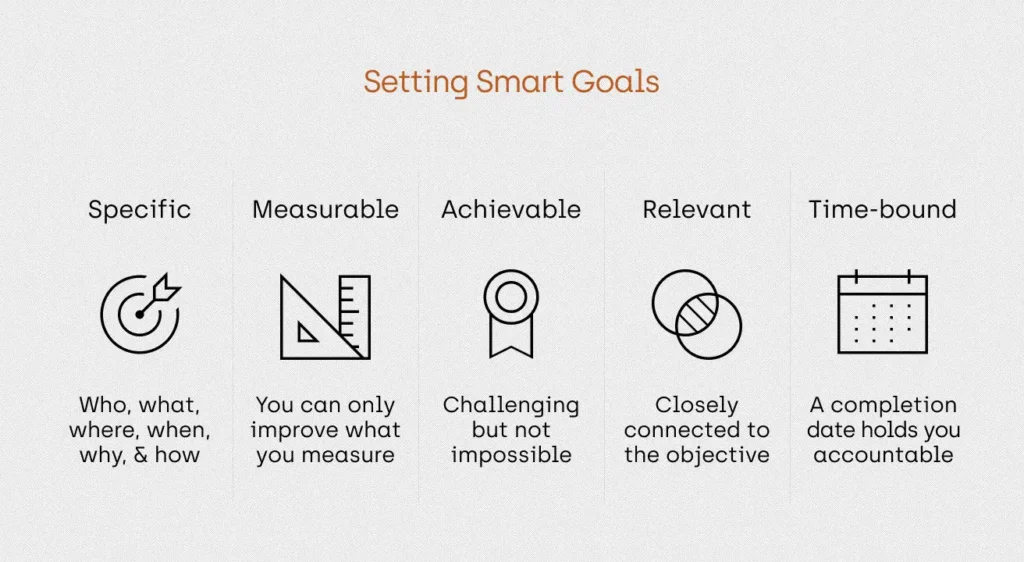
- Know why you want to conduct UX research in the first place. And use that reason to determine what kinds of people you want to talk to.
- Decide whether you need existing or target users. A good heuristic is to talk to your existing users when you’re building a new feature of an existing product. And talk to target users when you’re building a new product and want to discover new attitudes and behaviors.
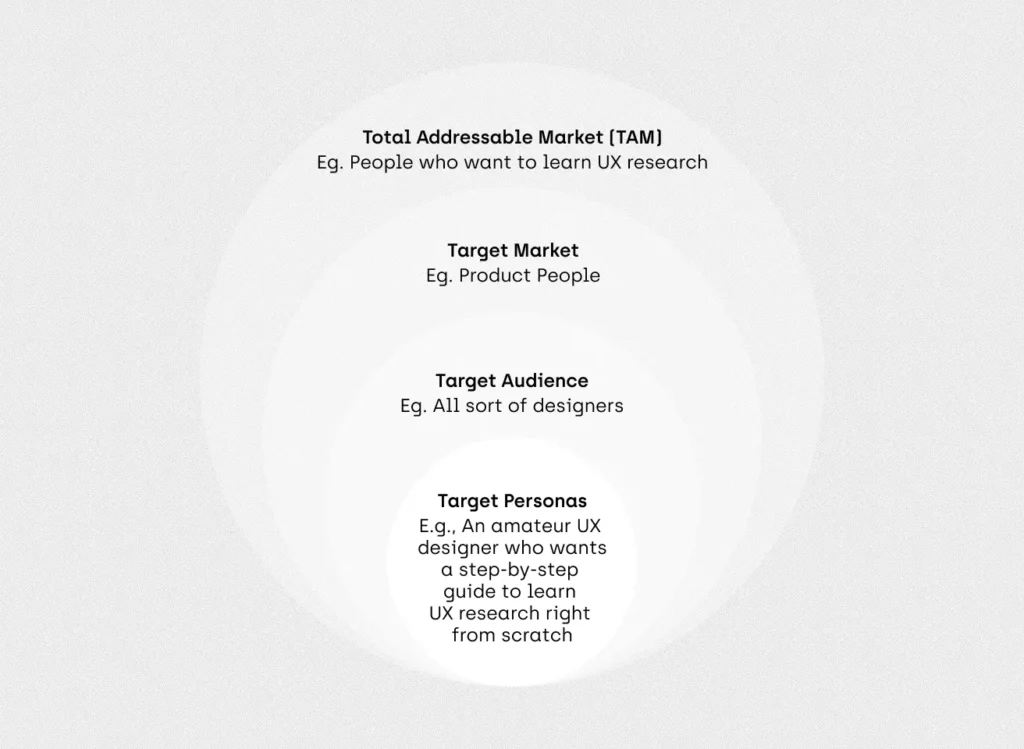
- Create a screener to find the right participants. Write a list of questions to identify people who will provide diverse perspectives and relevant insights.
- Distribute your screener survey to your network. Send your survey either to a list you manage or take the help of a third-party service or tool.
- Connect to 5 (or more) people. And set up an in-person or remote session with them. Do this as long as you don’t get the result you’re looking for or until you hit the point of diminishing returns.
2. Hypotheses — What is your assumption?
As soon as you define your objective, your mind starts speculating the right solution. You are dying to execute your ideas, aren’t you? But your potential solutions at this stage are nothing but the hypotheses that you should test.
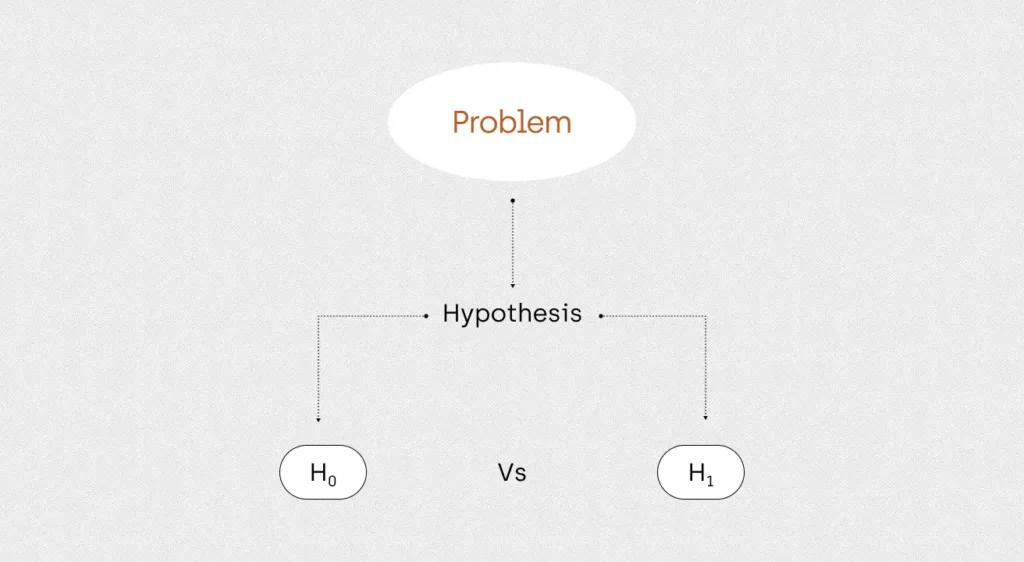
- Include your hypotheses into your research to prove / disprove their merit. Externalizing your hypotheses also makes you aware of your own biases and minimize the influence of them.
- Write a quick moderator guide that keeps you on track. Don’t go to research without outlining the tasks, goals, questions, or scenarios that help you to gather consistent data.
- Highlight your research objective on top of your moderator guide to constantly remind what you want to achieve. Whenever things don’t go according to plan, use it as the beacon that guides you home.
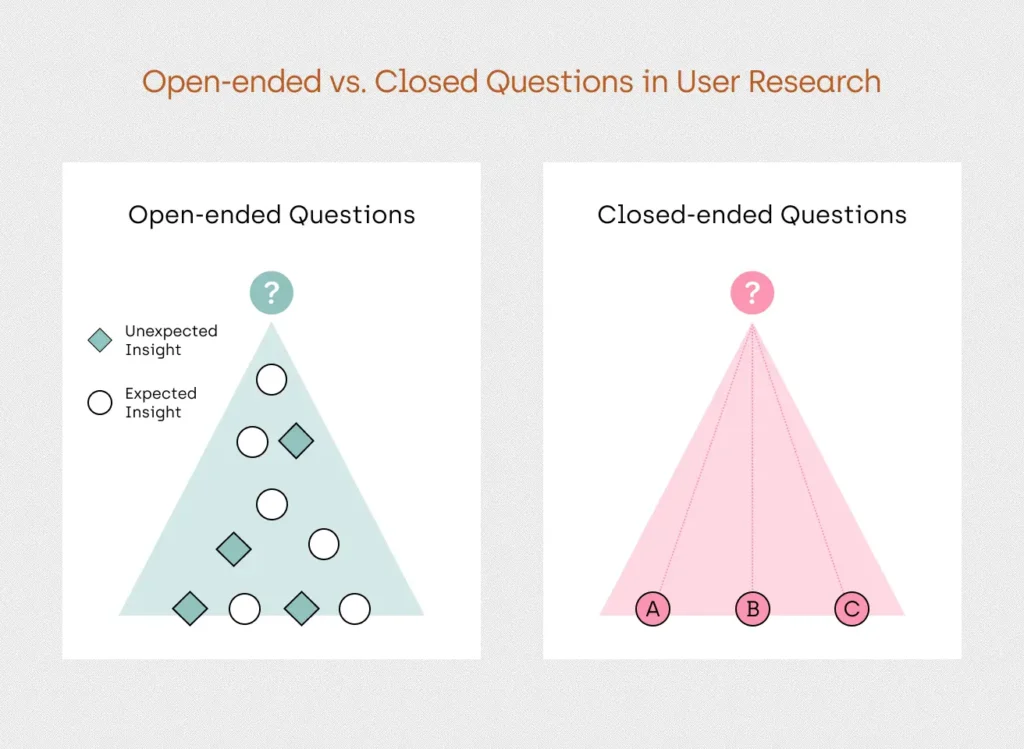
- Use non-leading and open ended questions. Rely on people’s past behavior rather than what they say they’re going to do in the future. And let them choose the adjectives that describe their experience.
- Say your opening and closing statements, verbatim. Be yourself. Make a rapport with participants and use genuine words that put them at ease. In case you feel nervous or things go south, just read your statements.
3. Methods — What are the methods to use?
A defined objective and a pile of hypotheses helps you to choose the right methods to conduct your UX research. And people usually combine more than one research method to achieve their goal.

- Explore with the foundational research if you know nothing about your users. And the best way to learn about people is to observe them doing their sh!t in their natural environment and after that—only if the need arises—talk to them. This method is formerly known as contextual inquiry.
- Generate potential solutions with your users, if you know them and their needs well. Use participatory design activities like diary studies, card sorting and paper prototyping to figure out what content or functionality would best meet their needs.
- Evaluate your solution to see how usable and delightful it is to your users. And usability testing is the most frequently used method to do that. Other research methods that you can also conduct are heuristic evaluations, tree tests, five second tests etc.

- Gain deeper insights into the sentiments of your users from unsolicited feedback. Post-launch your product, use the Indirect Voice of Customer data (IVOC)—from social media, YouTube, Reddit etc.—to get unfiltered, authentic feedback on your product.
- Continuous discovery throughout the entire product life cycle. Keep conducting small but frequent UX research to put your finger on users’ pulse throughout your product journey.
4. Conduct — How do you conduct UX research?
The planning part is done and now comes the execution part. Be warm and genuine but don’t become so friendly that people change their authentic behavior to make you happy.
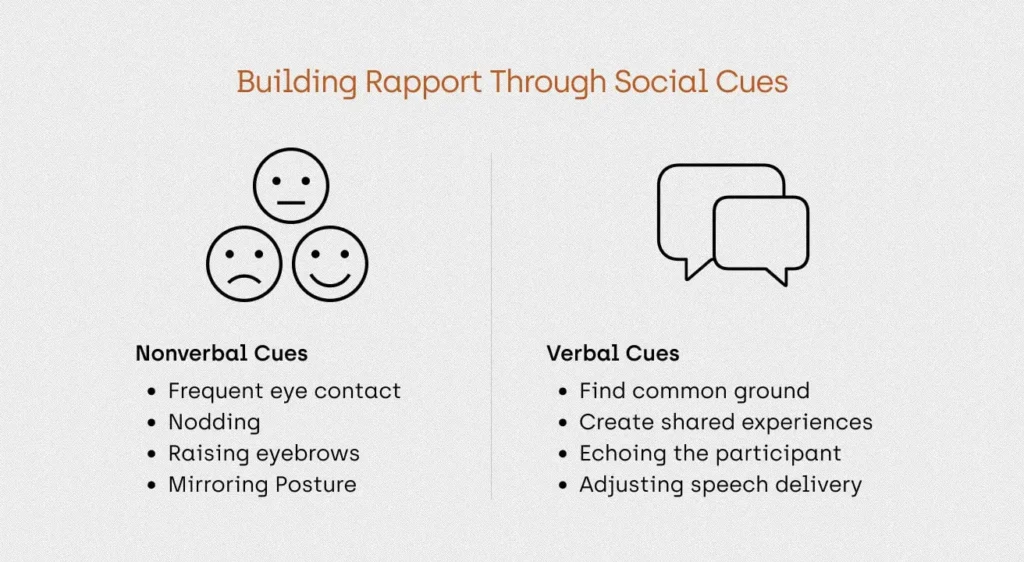
- Test your draft version on your colleagues first. It’s a good idea to test your activities on your coworkers to iron out the wrinkles, especially if you’re doing the research for the first time.
- Contradict yourself to learn, adapt and grow. The entire goal of research is to learn something you don’t know. So don’t be afraid to change course or shift a little (or more) in the middle of research.
- Follow your curiosity. Urgency is the second greatest muscle that you can build. Action is the first. Conduct back-to-back research sessions to get focused and build momentum.

- Get comfortable with silence. Talk less, listen more. Notice their hands movements, voice modulation, face expressions to hear the words they never said. Watch how they use your product.
- Record the session so you can put your attention on the user. You can also use an AI to take notes for you. But a person can better notice the subtle cues that a recording service can’t. Whatever the case, spare someone to take notes for you so you can pick all those juicy micro-moments.
5. Synthesis — How do you collate research data?
Once you’re done with UX research, it’s time to put all the different parts together to form a unified whole. Here you try to make sense of the data and yes it’s indeed a messy process but don’t over-complicate this if time is not the luxury you have.
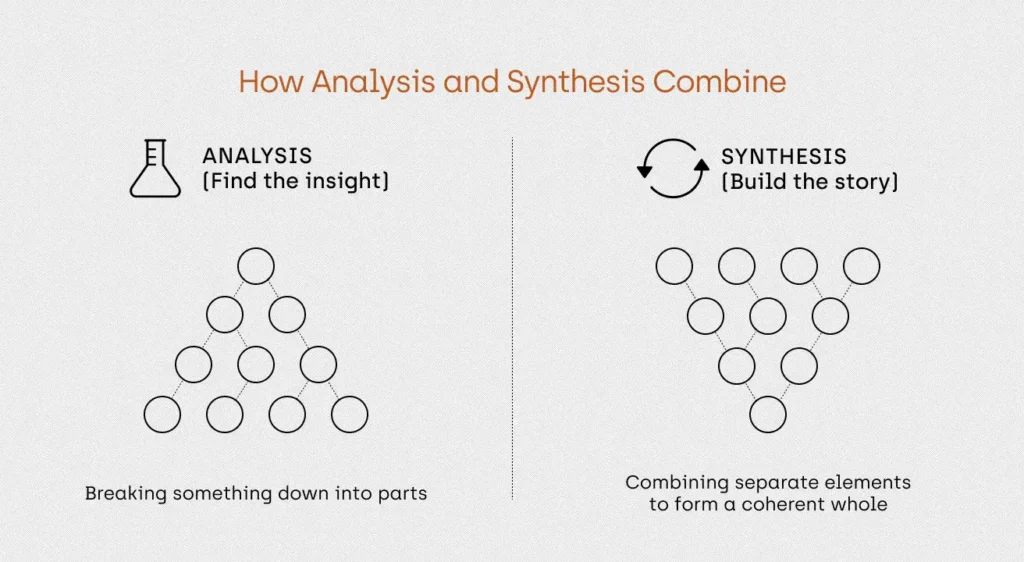
- Externalize all the data you collect throughout the research process. This helps you to see all the connections, find patterns, and generate themes which ultimately lead to key insights.
- Create information radiators to highlight key insights. Visually display the quotes and important thoughts from each session in a prominent place so that people can look at them without asking a question.
- Present your findings to stakeholders. Create a document (ppt, keynote, pdf, doc etc.) of your choice that is also acceptable to your stakeholders and present your findings with all the evidence that support them.
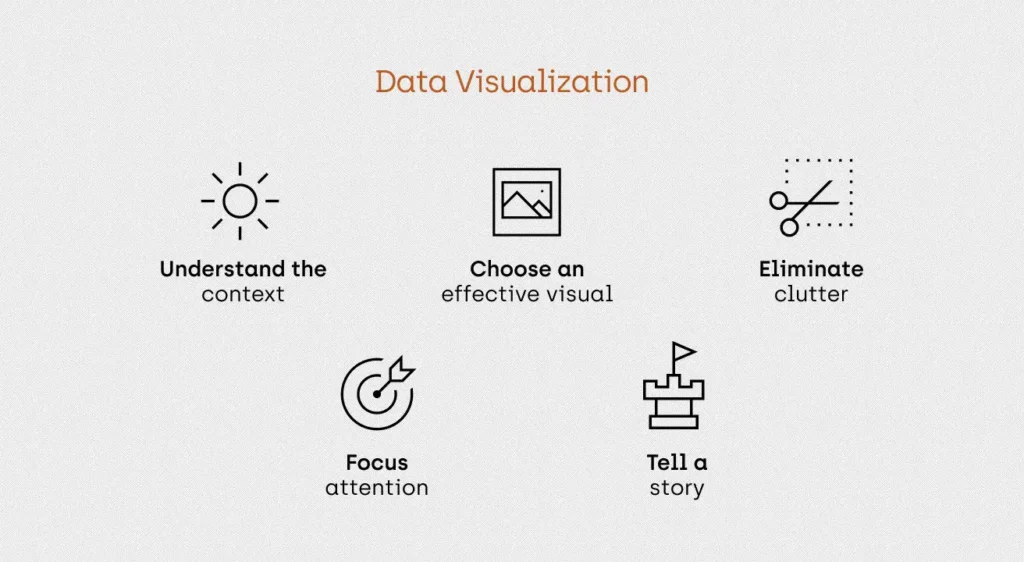
- Take things forward. Depending on how your stakeholders receive your findings, there may be 3 outcomes.
- An efficient failure where you couldn’t find much but you learned a lot.
- A flawed success where you tasted success with equal failure.
- An epic win where you find exactly what you’re looking for.
Whatever the result is, talk to your stakeholders to take things forward.
- Prepare yourself for the next round. UX research is a cyclical process. It doesn’t matter what has happened, the show must be going on.
So that’s it. On a high level that’s what UX research is all about. Of course, the devil is in the details and that’s exactly where we are heading because that’s where all the fun is.
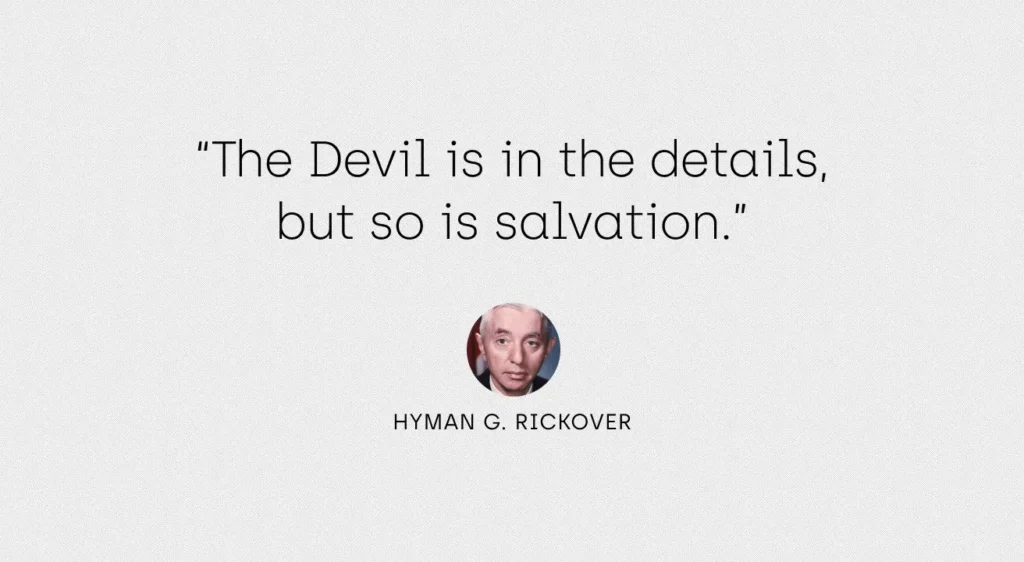
UX research is easy. You can learn it. You can learn anything. See you later.
